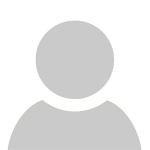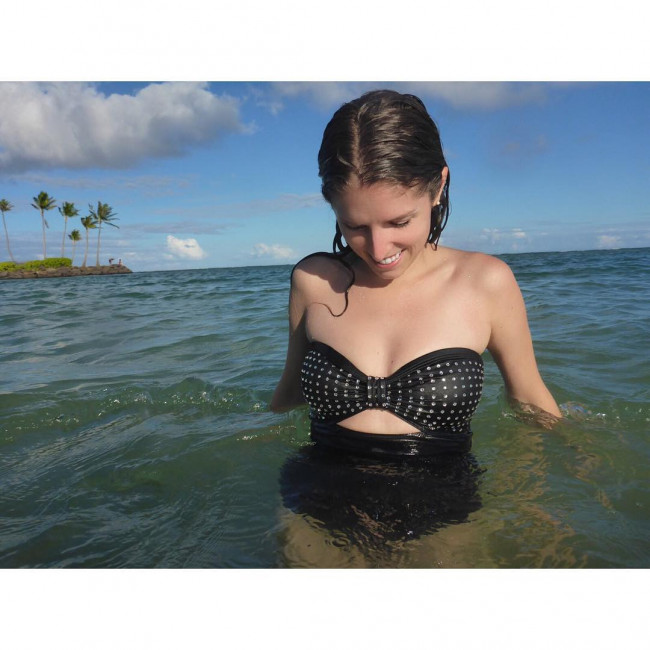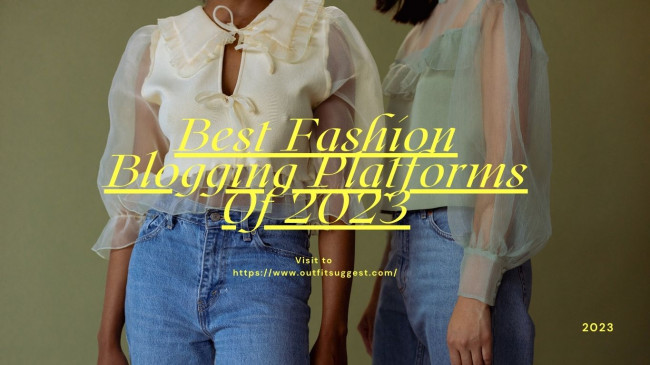Table of Content
Hey there, fellow globetrotters! Today, we're diving into an exciting yet essential aspect of traveling – dressing both respectfully and fashionably as we hop across different cultures and countries. From personal experience, I can say that whenever you travel to stay near NASA Space Center, you will have a good time there. I know, I know, it sounds a bit challenging, right? But fear not! With a bit of research and some savvy fashion choices, you can rock your style while paying homage to local traditions. Let's unpack this together!
1. Why Dress Matters When You Travel
First things first, why is this important? Well, when we travel, we're not just visitors; we're ambassadors of our own culture. Dressing respectfully is a sign of appreciation and sensitivity towards the local customs and people. Plus, it's a fantastic way to immerse yourself deeper into the culture. Trust me, it makes the whole experience richer!
2. Research is Key
Before you even start packing, do a little homework. Look up your destination’s cultural norms and dress codes. This isn’t just about avoiding a fashion faux pas; it’s about respect. Websites, travel blogs, and even social media can be goldmines of information. You’ll find out if there are any specific dos and don’ts – like covering your shoulders in Southeast Asian temples or avoiding shorts in Middle Eastern countries.
Let’s Explore the Cultural Couture Of Different Places.
Japan: The Elegant Blend of Tradition and Modernity
In Japan, the intertwining of tradition with contemporary style creates a unique fashion landscape. While you might not be donning a kimono or yukata daily, understanding their significance is important.

In cities like Tokyo and Osaka, street fashion is a canvas of self-expression, often blending traditional elements with cutting-edge trends. When visiting temples or shrines, modesty is key - think long skirts or trousers and covered shoulders.

Middle East: Grace and Modesty
Countries in the Middle East, like the United Arab Emirates or Saudi Arabia, typically adhere to conservative dress codes, especially for women. Abayas and hijabs are common, but as a visitor, you're not expected to wear them.

Instead, aim for loose-fitting clothes that cover the shoulders and knees. For men, long trousers and shirts are the norm. Despite the modesty, there's room for fashion - intricate designs, luxurious fabrics, and vibrant colors are widely embraced.

India: A Riot of Colors and Patterns
India is synonymous with color and diversity, and this is reflected in its fashion. Sarees, salwar kameez, and lehengas offer a stunning array of designs for women, while men often wear kurtas or sherwanis for formal occasions.

For travelers, comfort is key in the often hot climate, so cotton and linen fabrics work well. While there's no strict dress code for tourists, dressing modestly, especially in rural areas or religious sites, is appreciated.

Europe: Chic and Sophisticated
Europe's fashion is as varied as its cultures, but a general trend towards chic, well-tailored clothes prevails. In cities like Paris, Milan, or London, fashion is a serious affair.
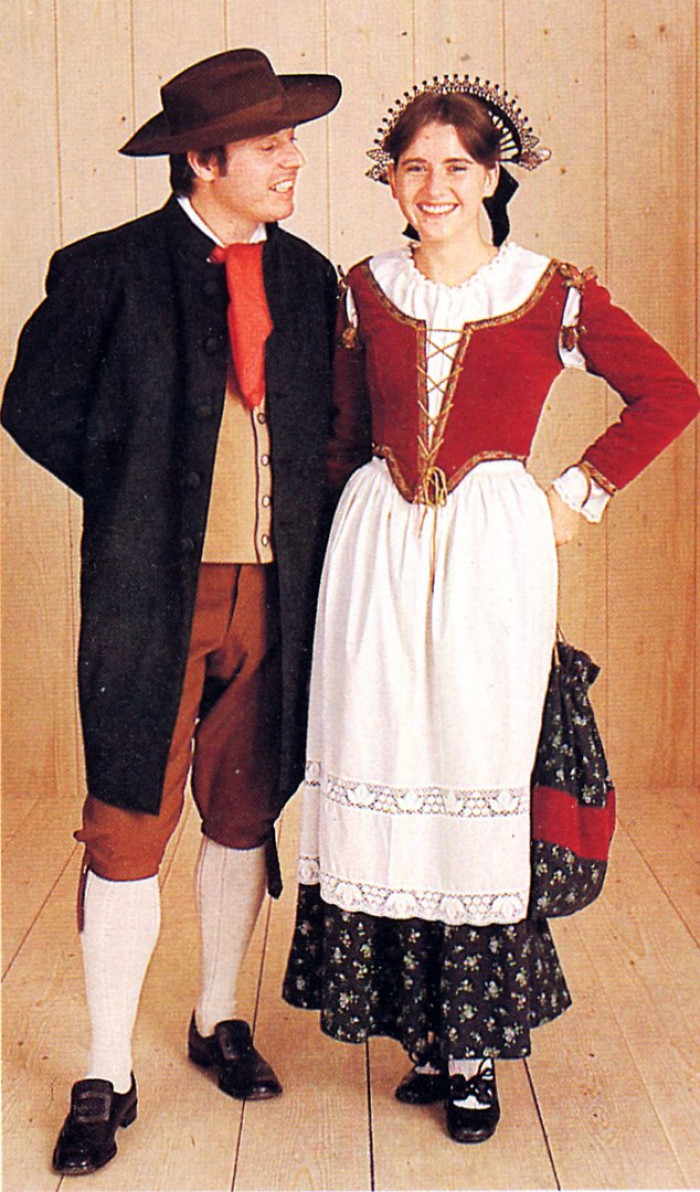
Smart casuals - think blazers, well-fitted jeans, and stylish dresses - work well for most occasions. Comfortable walking shoes are a must, but that doesn't mean sacrificing style - a pair of sleek sneakers or elegant flats can be both practical and fashionable.

Africa: Bold Prints and Traditional Attires
Africa’s fashion scene is incredibly diverse, with each region having its own unique styles. Bright, bold prints and patterns are a common theme across many African cultures. While traditional attires like dashikis or kaftans make a statement, they are often reserved for special occasions.
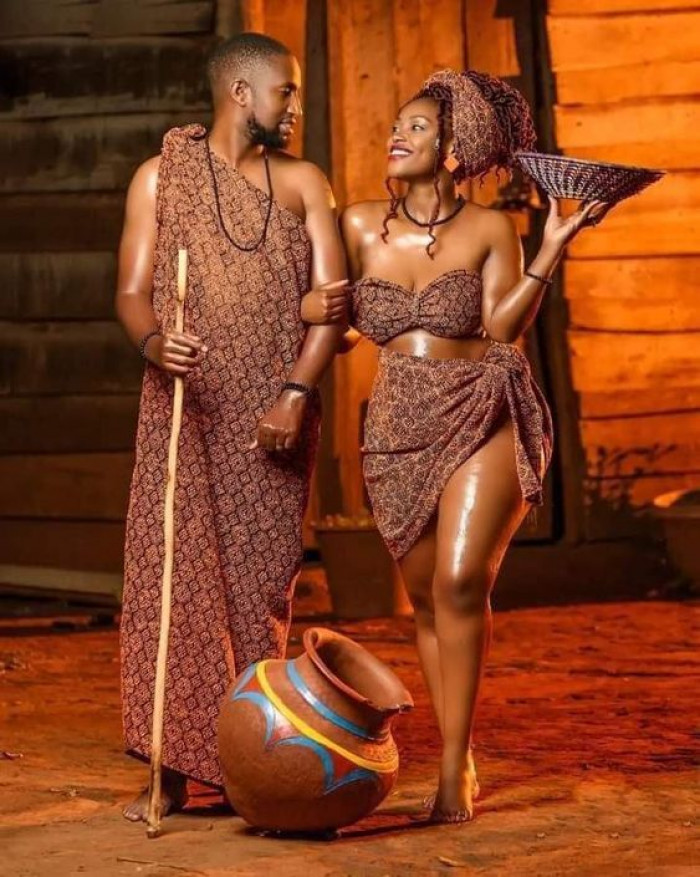
As a visitor, embracing these vibrant styles can be a joyful expression of respect for the local culture, but it's essential to do so thoughtfully and avoid cultural appropriation.
South America: Relaxed and Vibrant
In South American countries like Brazil, Argentina, and Peru, fashion tends to be relaxed yet vibrant. Beach culture influences styles in coastal areas, where lighter fabrics and bright colors are popular. In cities, a more urban and edgy style is common.
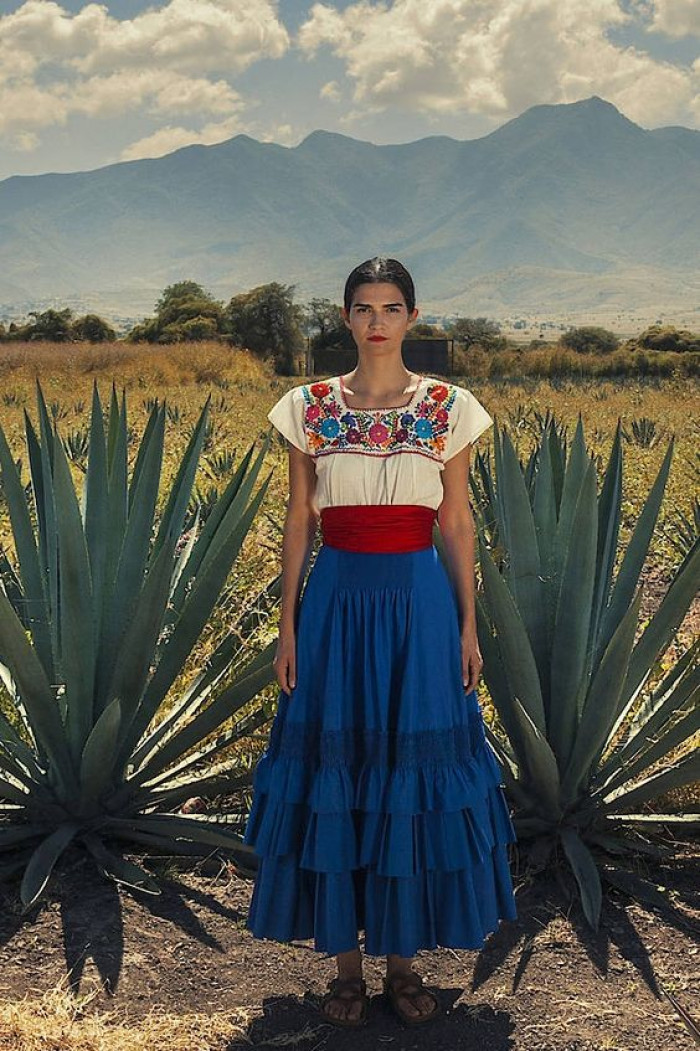
When visiting religious or historical sites, it's respectful to avoid overly casual attire like shorts or tank tops.
3. When in Doubt, Go Local
One of my favorite travel tips? Embrace local attire! Not only is it a great way to show respect, but it also adds an authentic touch to your travel wardrobe. From the colorful kimonos in Japan to the elegant sarees in India, trying out local fashion is a fun and immersive experience. Plus, you get a unique souvenir to bring home!
